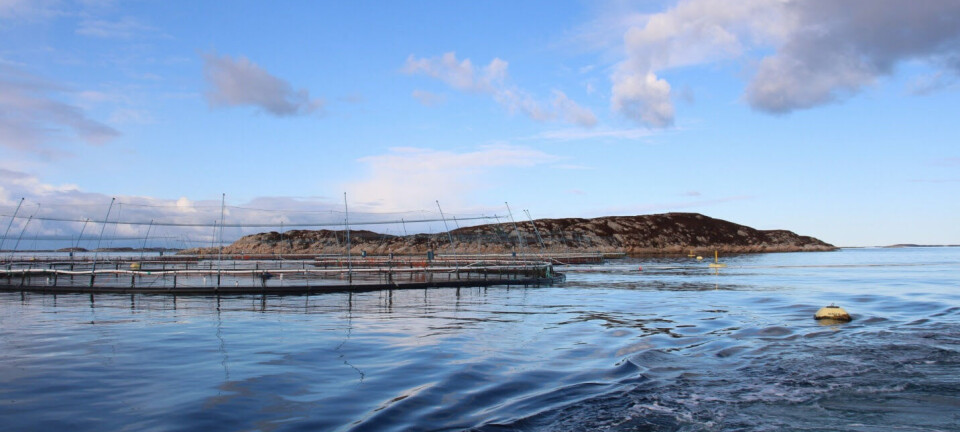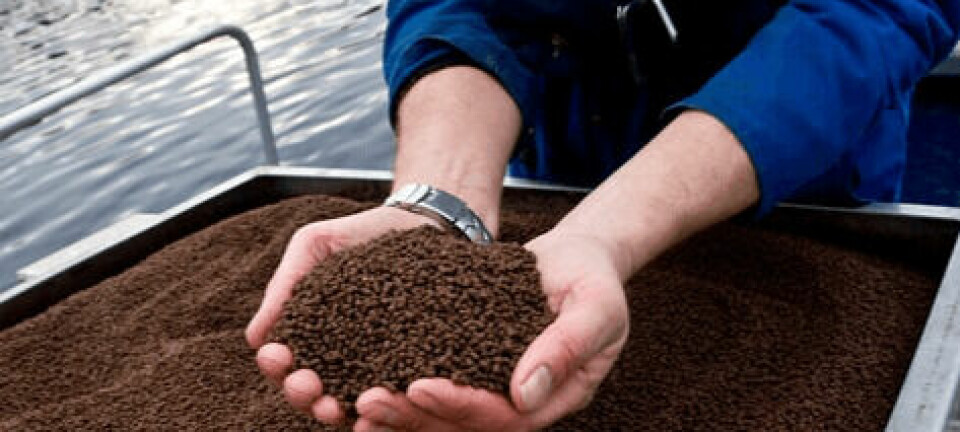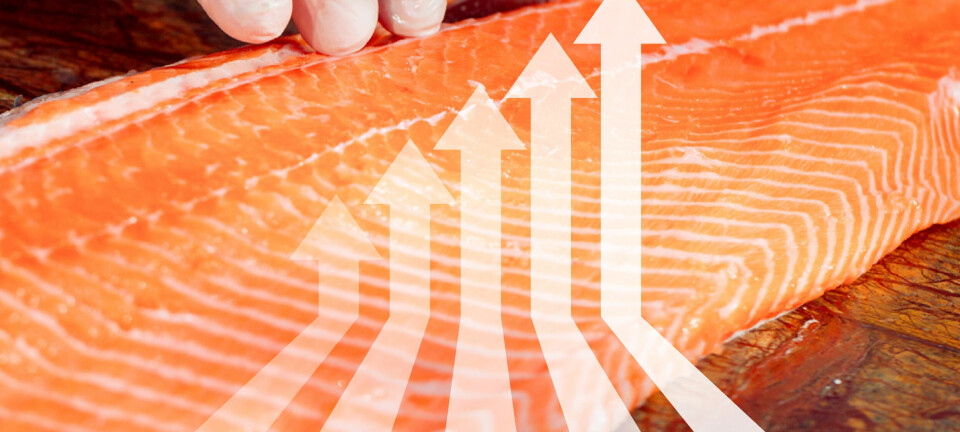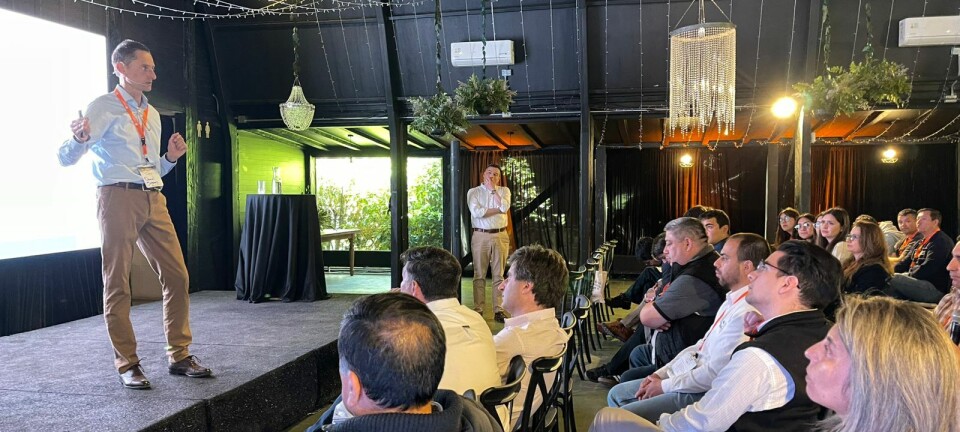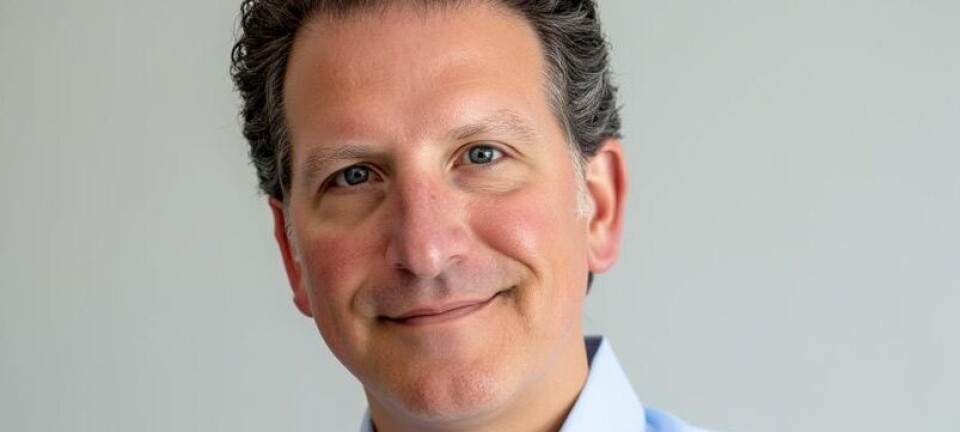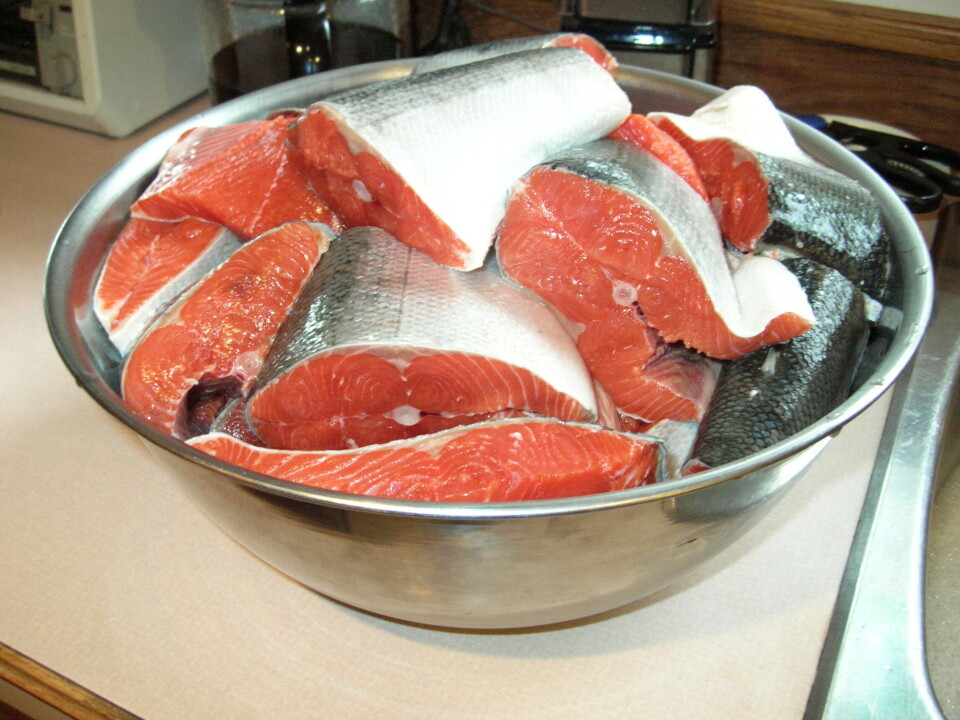
Why farmed salmon is becoming a viable alternative to wild-caught
Last week, the Washington Post published the results from a taste test where a number of blind-folded chefs and food writers were served a selection of farmed and wild salmon- all prepared the same way. The five top choices were all farmed Atlantic salmon from Norway, Chile and Scotland. It appears that no Canadian salmon was included in the samples. In addition to revealing the results of the test, writer Tamar Haspel also wrote about the fact that farmed salmon is now a realistic alternative to salmon caught by commercial fishers;
Come dinnertime, wild salmon is an excellent choice. Many of the Pacific fisheries are well managed, and the fish itself is healthful and delicious. The problem is that there isn’t very much of it. Worldwide, our annual wild salmon harvest comes to about 2 billion pounds, which sounds like a lot until you divide it by 7 billion earthlings and come up with one serving per person per year.
What’s a salmon eater to eat?
Go back as little as 10 years, and the answer was definitely not farmed salmon. “It was the thing you weren’t supposed to buy,” says Jason Clay of the World Wildlife Fund, which established the Aquaculture Stewardship Council (ASC) to create sustainability standards for shellfish and fin fish aquaculture worldwide. When the industry was new, salmon farms were accused of polluting the oceans, spreading sea lice, fostering disease, allowing escapees and depleting the stocks of forage fish, up to seven pounds of which went into each pound of farmed Atlantic salmon. All of those accusations were true in some locales, and some were true in all. (And some were not true at all- editor’s note).
But the salmon farmers did a funny thing. They listened. The survival of the industry depended on farmers cleaning up their act, and so that’s what they started to do. By 2004, the WWF, working with the industry, had started to develop detailed standards. “The industry had begun to make improvements,” says Clay. Nearly a decade later, in June of this year, those ASC standards — more than 100 pages of them — were released. Farms that meet the standards will receive ASC certification, and many already have begun the process.
Meanwhile, the Monterey Bay Aquarium’s Seafood Watch program has noted industry improvements. It awarded its very first “buy” recommendation to an open-pen salmon farm in Chile named Verlasso, a joint project of salmon producer AquaChile and DuPont, the latter of which developed a genetically engineered yeast that produces a substitute for fish oil — an important part of the salmon’s diet — that’s biochemically identical to the real thing.
Although, for now, all farmed salmon other than Verlasso’s is rated “avoid,” Seafood Watch aquaculture research manager Peter Bridson acknowledges that salmon farming has come a long way. The program is in the process of evaluating farms in other areas and will come out with revised ratings at the end of the year. “Our understanding of the science has changed, and production practices have changed,” says Bridson. “Some of the older concerns are less of a concern.”
Areas the industry has focused on include:
POLLUTION — Feed, feces and other byproducts of high fish concentrations have become better controlled. “There’s an intuitive sense of feedlots. The gut reaction is that they’re a horrific source of pollution, but it seems now, from longer-term data sets, that the impacts are restricted to a small area around the pens,” says Bridson. “That’s not to say that all the concerns have gone away,” he adds, but he notes that we know more about finding sites where farms work well and accurately predicting their impact. Our understanding of the carrying capacity of a region — the total number of farmed fish an area can support — is better, and the farms now let some areas go fallow to allow them to recover before fish are put there again.
ESCAPEES — There are a lot fewer of them, and concern about Atlantic salmon in non-native waters, particularly, has decreased. “It’s really quite clear that Altantic salmon are bad at colonizing outside their natural range,” says Bridson. There are still problems within their natural range. But, according to Martin Krkosek, a biologist at the University of Toronto who studies the impact of aquaculture on wild populations, “the rate of escapees has declined dramatically.” There is evidence of farmed-salmon genes in wild Atlantic salmon, and the new ASC standards acknowledge the importance of keeping farmed salmon securely penned. To earn certification, farms must limit escapees to 300 or fewer per production cycle (about three years).
FEED CONVERSION — That industry average of as much as seven pounds of forage fish to grow one pound of farmed salmon has come down to 2.5 or 3 pounds, and the best ratios approach 1:1. One reason for the improvement is simple: Cameras detect when the feed starts falling through the pen, indicating that the salmon have finished eating, and the feed is stopped. “That one innovation saved 40 percent of feed,” says the WWF’s Jason Clay.




















